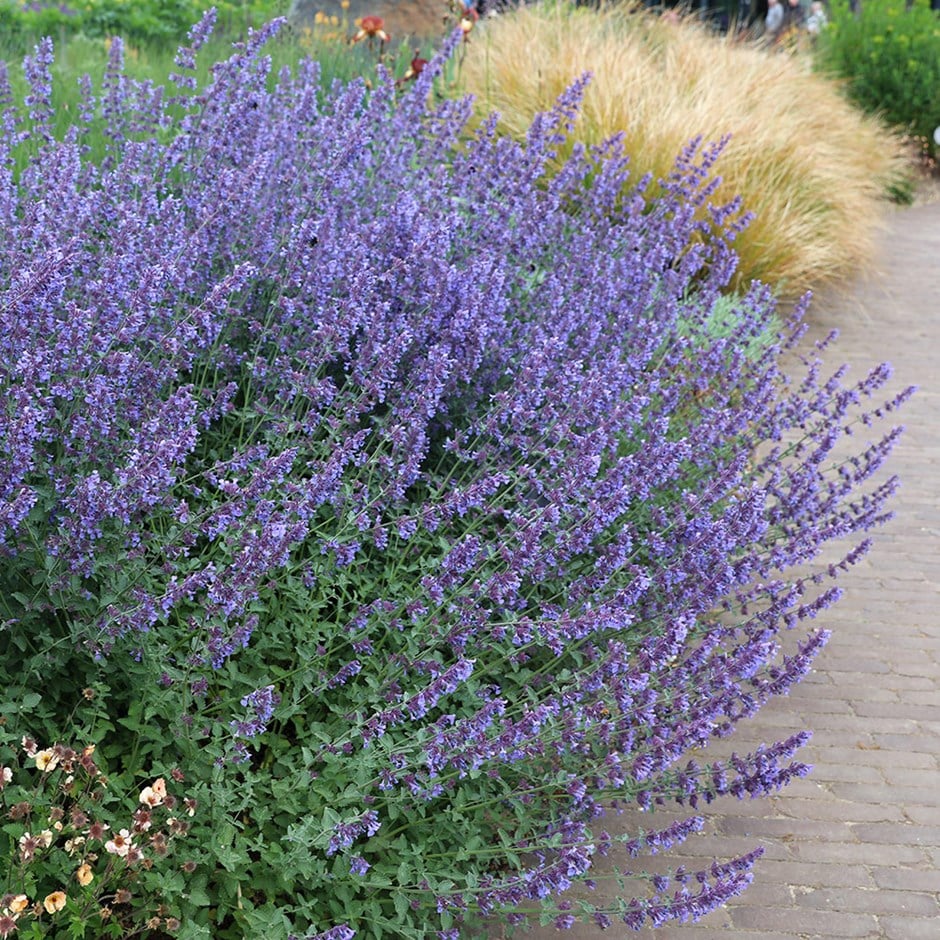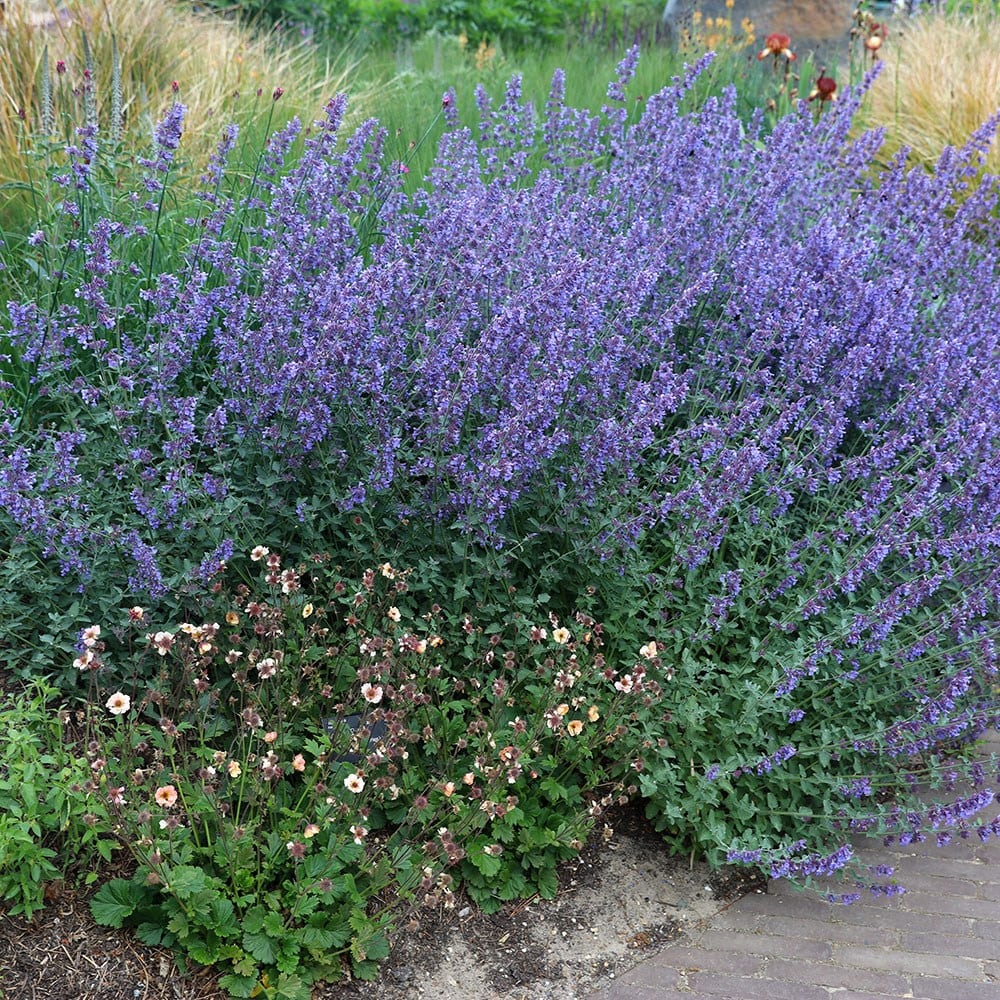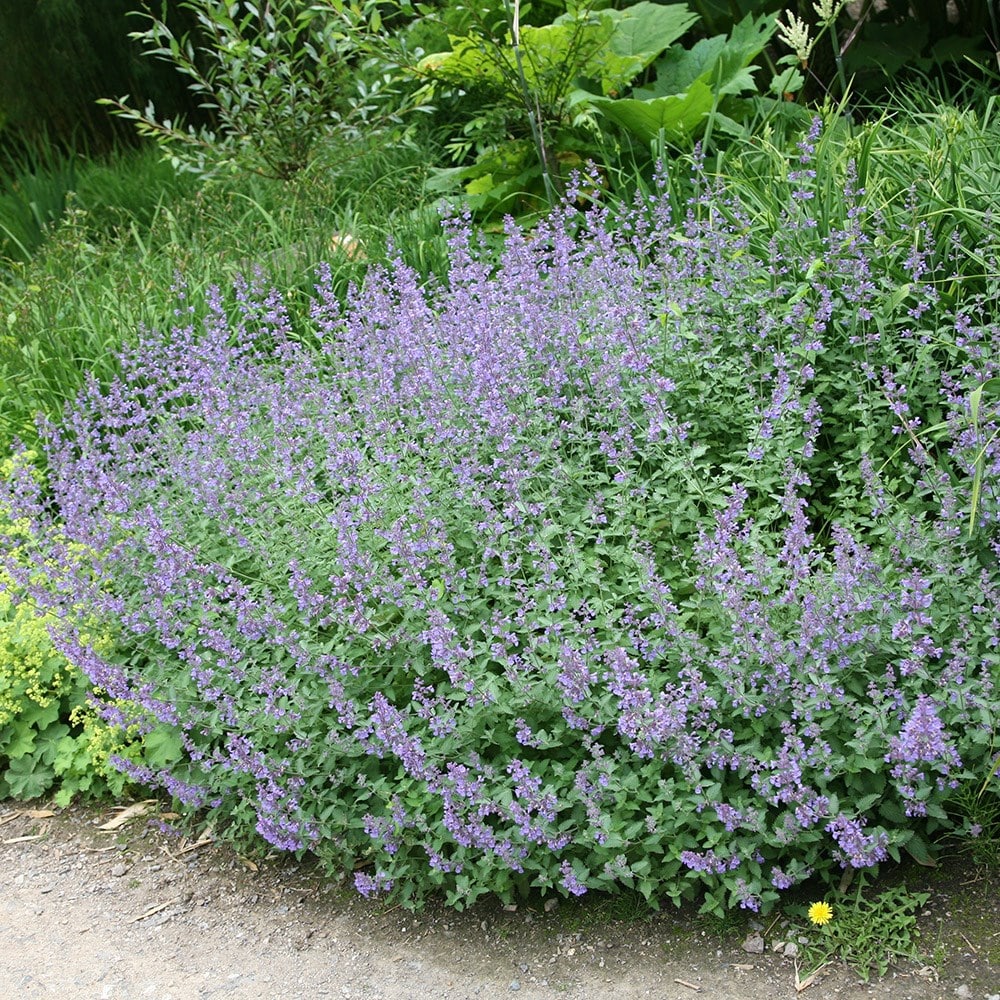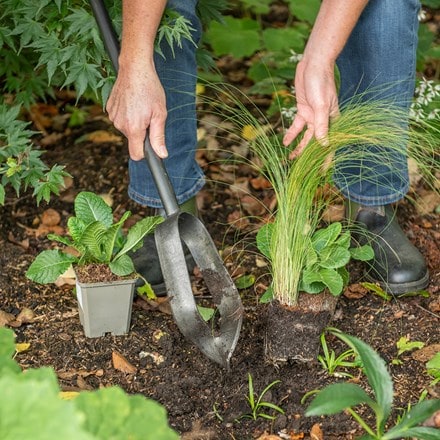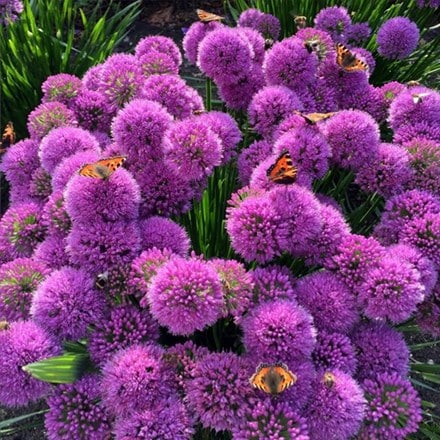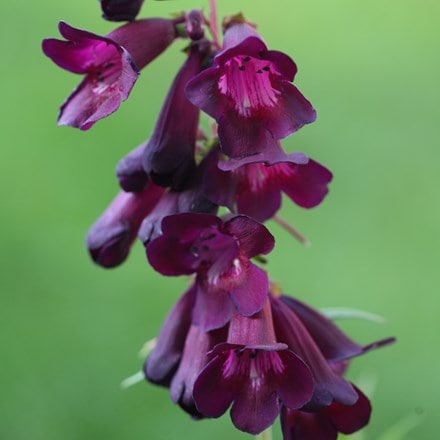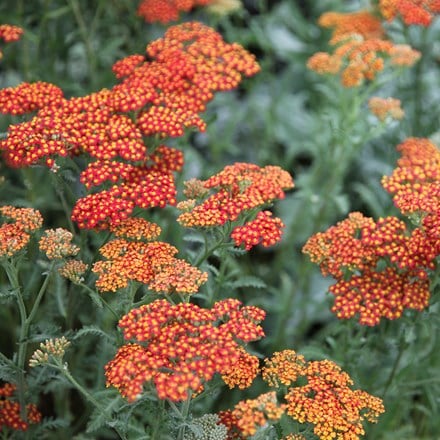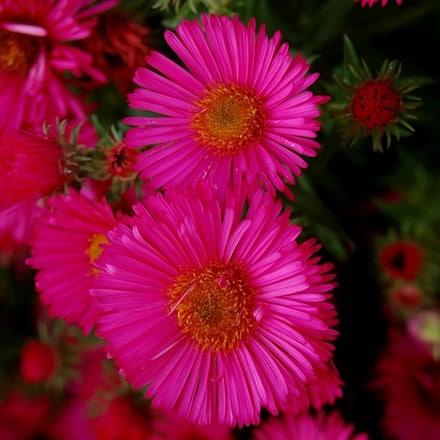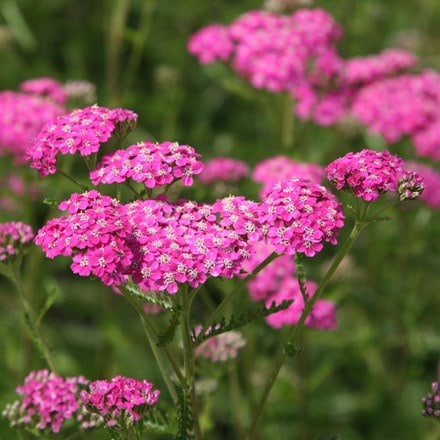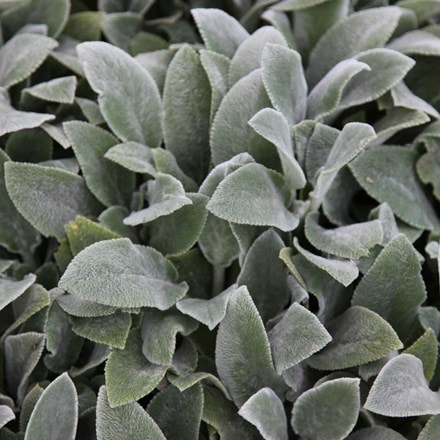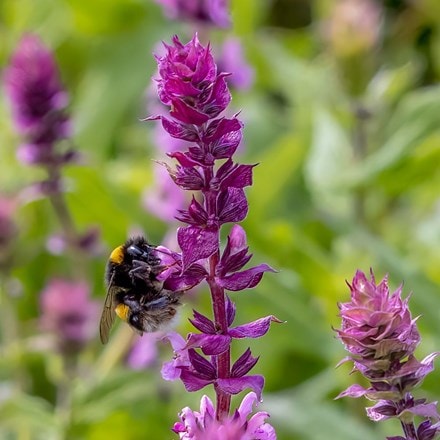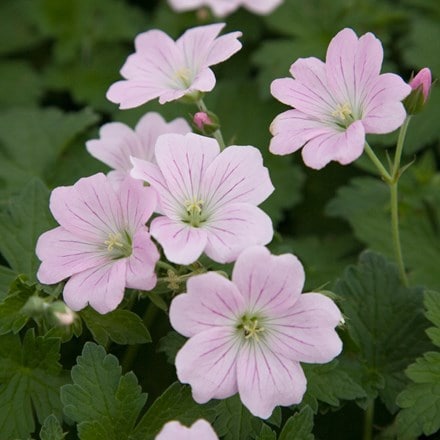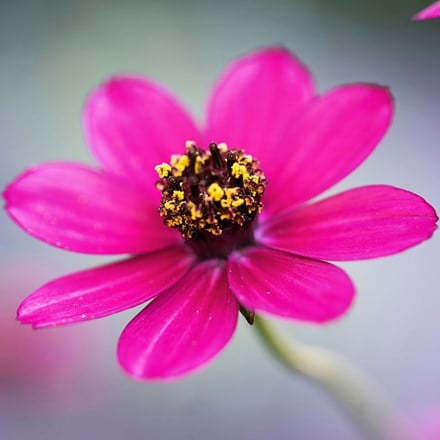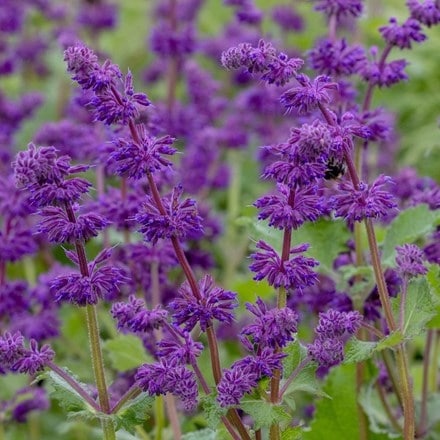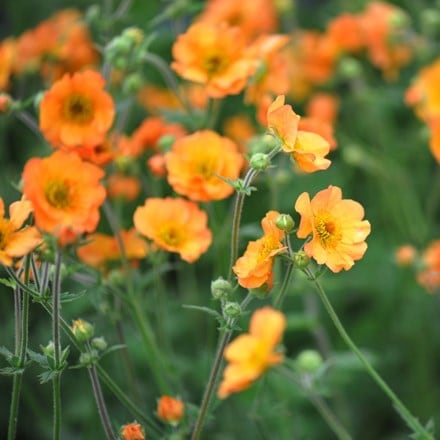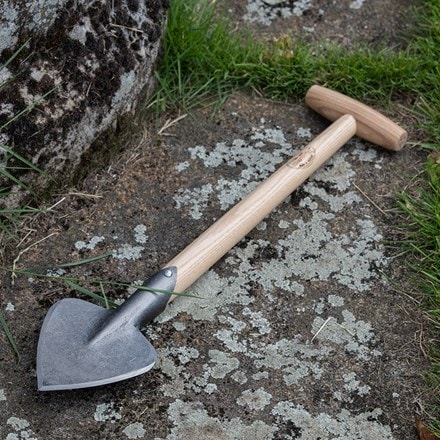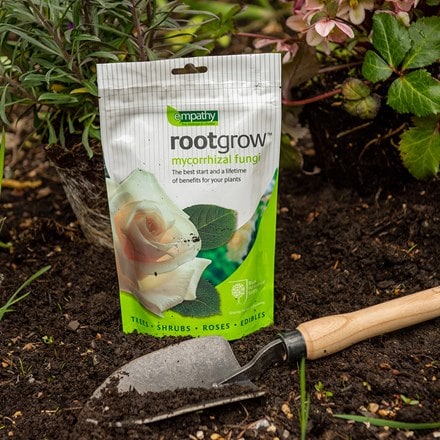Nepeta racemosa 'Walker's Low'
catnip
Nepeta racemosa 'Walker's Low' is a versatile, aromatic perennial perfect for sunny borders. It produces deep violet to lilac-blue flowers...
A true garden staple, bringing both beauty and practicality. Its long flowering season and aromatic foliage make it a favourite for low-maintenance, pollinator-friendly planting schemes.
How to get more flowers

Many flowering plants can be encouraged to produce better and longer-lasting displays with the minimum of effort. A plant produces flowers in order to reproduce and ensure the survival of the species. Once a plant has flowered and fertilisation has taken
Read full articleMediterranean
Mediterranean gardens can take on various guises from the rustic and rambling to the formal elegance of an Italian courtyard. However, they all have key features in common, including the use of exotic, sometimes tender, drought-tolerant plants in pots and
Read full articleDaylily

These lovely plants produce a succession of lily-like flowers each of which lasts for just one day. At first, this seems rather disappointing, but they are such bright, exotic flowers and produced in such profusion that this isn't actually a drawback. In
Read full articleThe Chelsea Chop (and other methods of extending the flowering season)
Many gardeners who are happy, even gung-ho, with the secateurs when pruning shrubs and climbers are surprisingly reluctant to take the shears to herbaceous perennials. Maybe this is because it just doesn't seem quite right to be cutting back all that new
Read full articlePlanting companions for roses
Early flowering roses tend to come in shades of white, pink or purple-pink and most forms of the biennial foxglove, Digitalis purpurea, have toning flowers in similar colours. These appear in rose time, but carry on after the first rose flush has finished
Read full articleLong flowering plants for your garden
When choosing plants for your garden you want some ‘core plants’, ones that will that offer weeks of flower, not just a few fleeting days. These stalwarts help balance out those ephemeral poppies, the plants with the tissue-paper petals that drop within a
Read full articleLow maintenance plants for a sunny garden
We all want a lovely garden but sometimes we are too busy with work and family, or we simply don’t have the inclination to garden incessantly, so the trick is to choose low maintenance plants such as easy shrubs and then to underplant them with ground cov
Read full article


